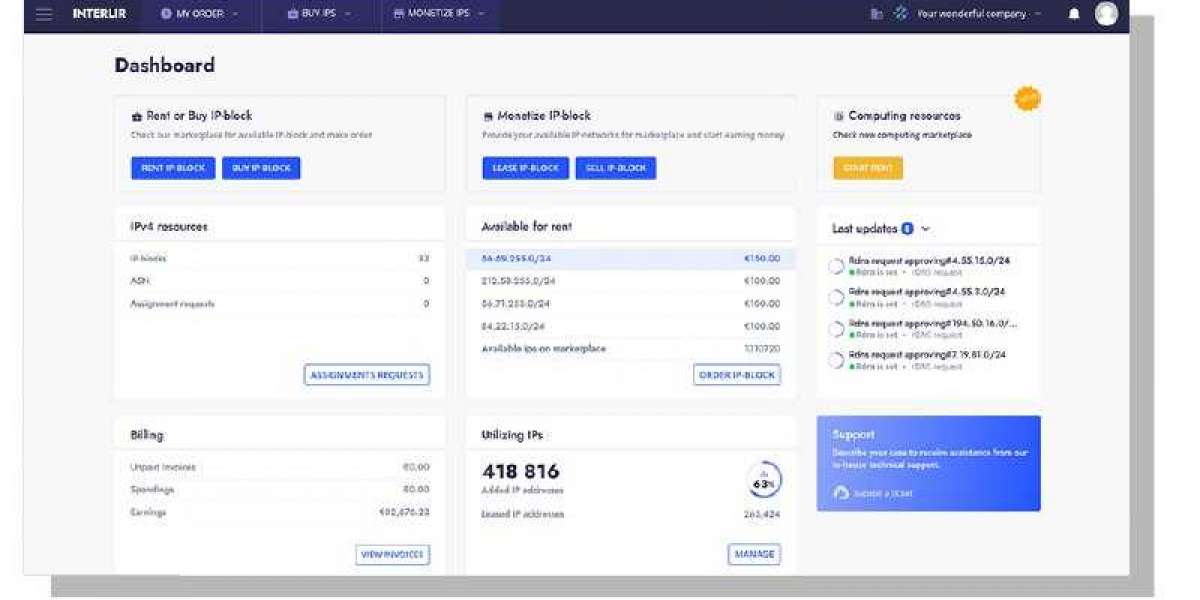The Sensor Fusion Market Size is expanding rapidly as industries increasingly leverage sensor fusion technology to combine data from multiple sensors for more accurate, reliable, and efficient decision-making. Sensor fusion plays a critical role in autonomous vehicles, robotics, and industrial automation by integrating information from cameras, LiDAR, radar, and other sensors.
A primary driver of this market is the growing adoption of sensor fusion for autonomous vehicles, which enables advanced driver-assistance systems (ADAS), collision avoidance, and precise navigation. Sensor fusion methods enhance situational awareness, improve safety, and enable real-time decision-making. Similarly, robotics applications are increasingly relying on sensor fusion technology to improve perception, motion control, and task automation.
Technological advancements are further propelling market growth. The US Chip on board LED Market reflects the integration of advanced electronic components for efficient sensing and lighting in sensor-based applications, while the Optical Amplifier Market highlights innovations in signal transmission and amplification that support high-performance sensor networks.
Additionally, sensor fusion technology is being deployed in industrial automation, smart manufacturing, and unmanned aerial vehicles (UAVs), creating new opportunities for growth. Companies are focusing on improving sensor accuracy, minimizing latency, and developing cost-effective fusion methods for broader adoption.
With ongoing innovations, rising adoption in autonomous systems and robotics, and increasing demand for accurate, real-time sensing, the Sensor Fusion Market is expected to experience sustained growth in the coming years.
FAQs
Q1: What is driving the growth of the Sensor Fusion Market Size?
The market is driven by increasing adoption of sensor fusion in autonomous vehicles, robotics, and industrial automation, along with advancements in sensor fusion methods and technologies.
Q2: How is sensor fusion used in autonomous vehicles?
It combines data from multiple sensors such as LiDAR, radar, and cameras to enhance navigation, improve situational awareness, enable collision avoidance, and support ADAS systems.
Q3: Which technologies complement sensor fusion applications?
Chip-on-board LEDs, optical amplifiers, and advanced sensor networks enhance efficiency, signal accuracy, and performance in sensor fusion systems.




